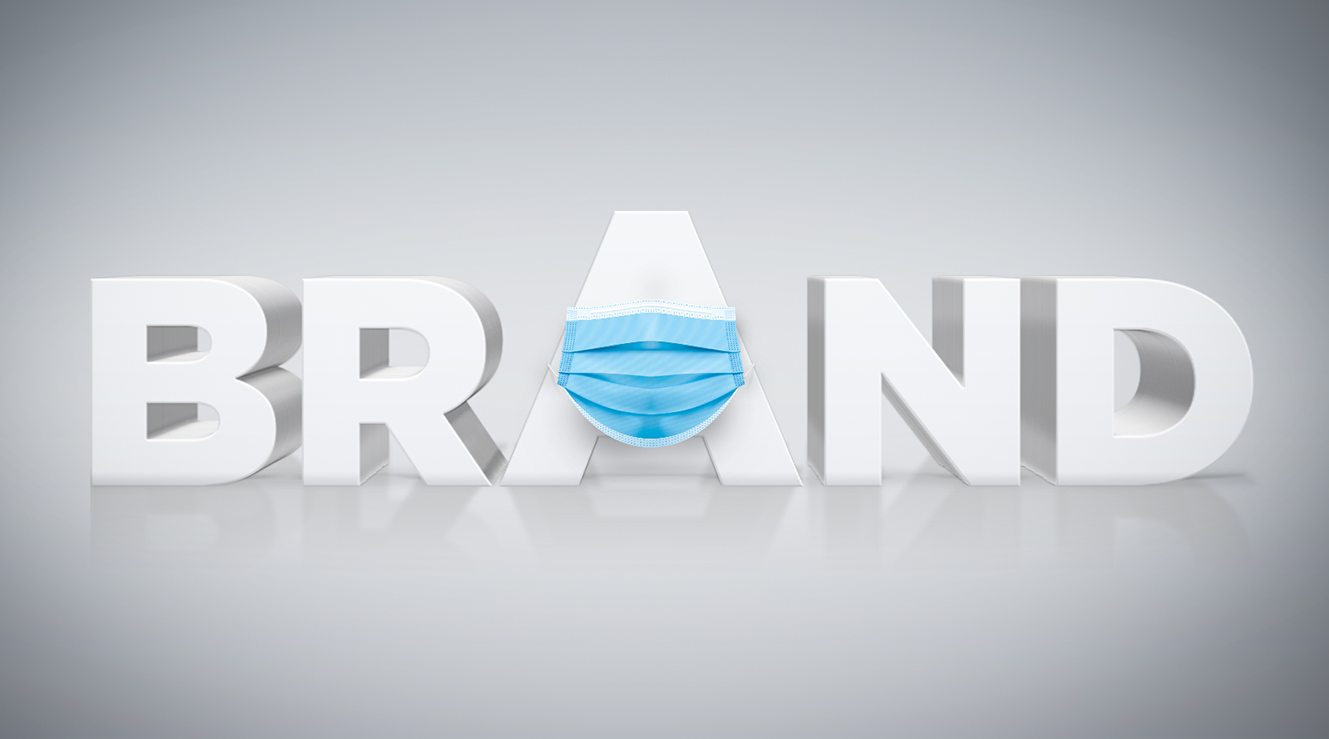As Canada inches towards a re-opening, it is an interesting time to reflect on the state of brands and branding following 4 months of very abnormal social and market conditions.
For some brands, just surviving the pandemic has been a good outcome – think of restaurant chains, airlines, or events management companies. Others did better than just survive – food and consumer products companies, while some have had a boom market: pharma (J & J, Gilead), e-commerce (Amazon, Wayfair), Home Entertainment (Netflix, Nintendo, Disney +) video conferencing (Zoom, Slack, Microsoft Teams) to name a few.

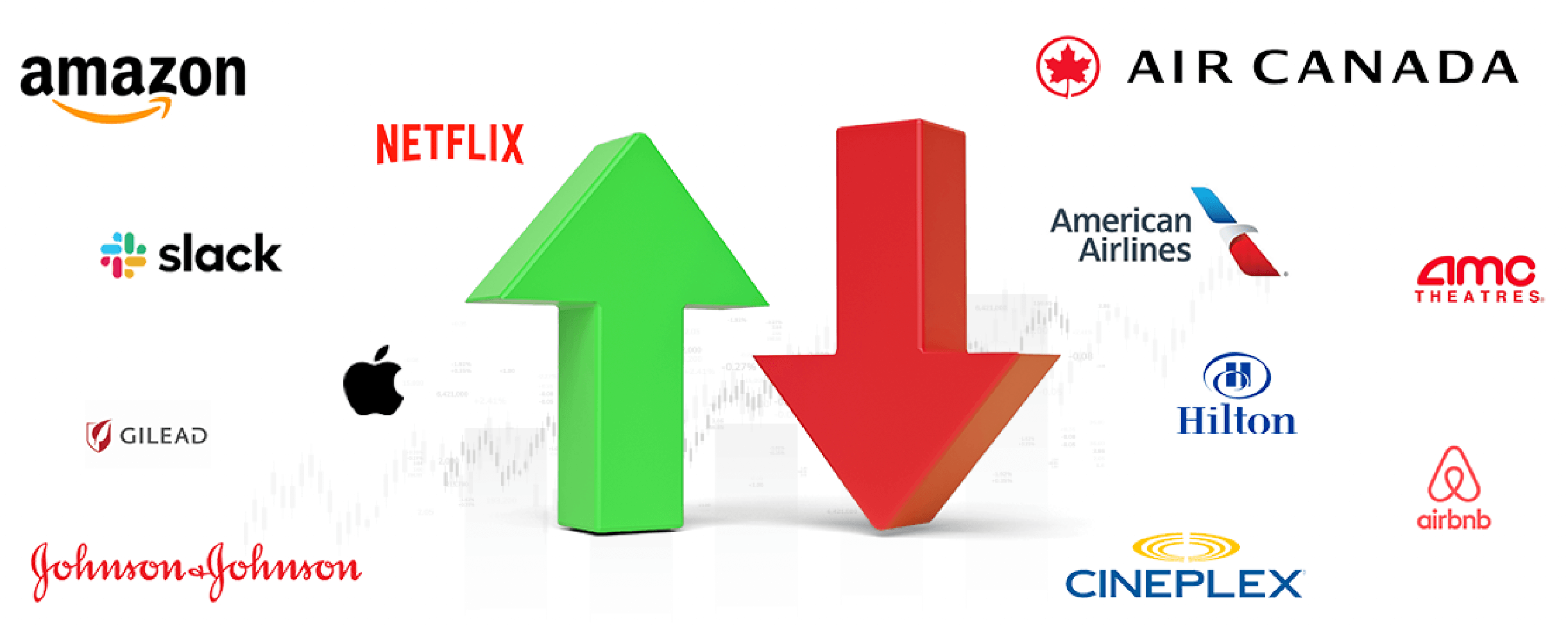
But regardless of whether brands were just survivors or did better than that, it won’t be business as usual. After months of isolation and consumers’ heightened levels of anxiety and having had to adapt to all kinds of new conditions such as: working from home, distancing from friends and others, lining up for the necessities of life, their views, attitudes, and behaviour have been reshaped. This has and will continue to create risks and opportunities for brands.
These broad shifts are noted in a US survey conducted by the Kantar Group at the end of March:
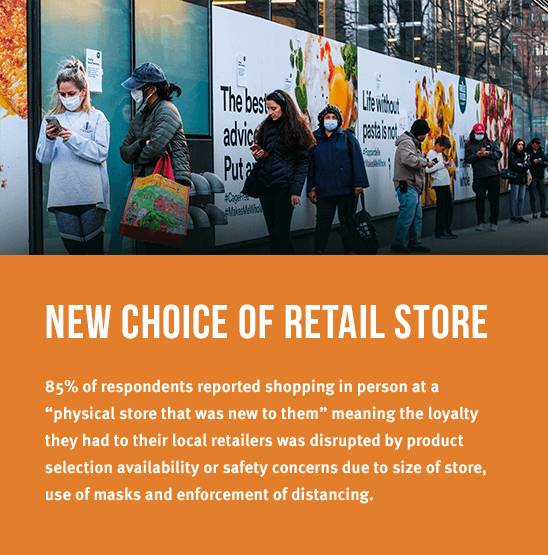
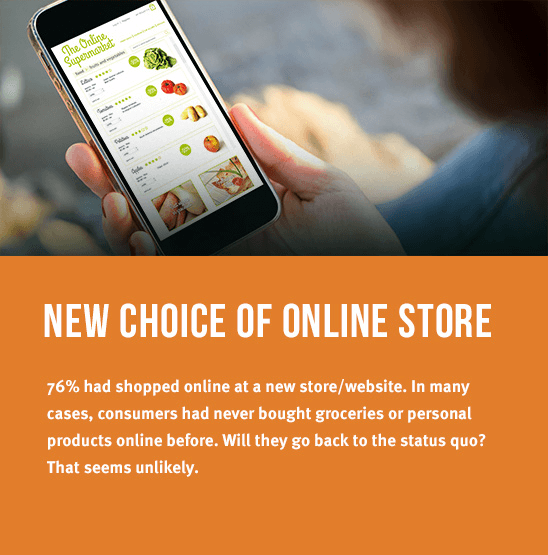
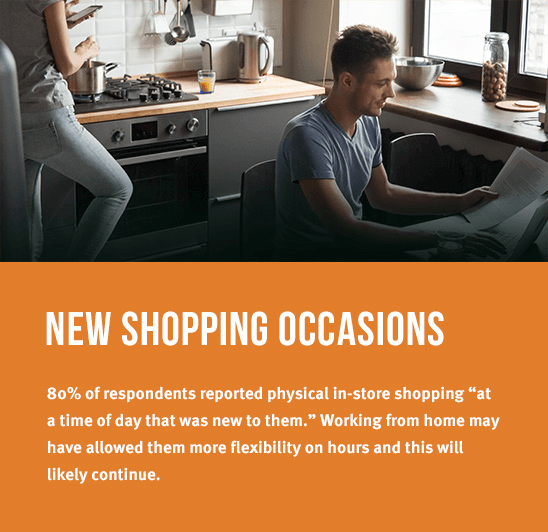
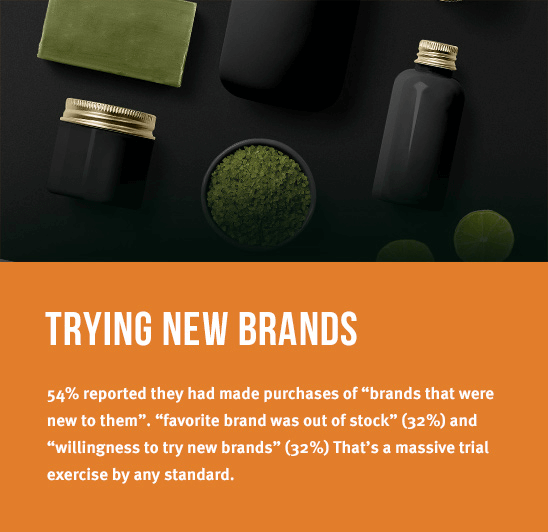
These findings are just a small fraction illustrating a much greater change in attitudes towards brands. Below are four recommendations on how brands can flourish in the new normal.

Many big brands either withdrew from advertising or continued to define their appeal based on differentiation from competitors. The brands that did better showed how they could be relevant to consumers’ concerns such as loss of income, safety, security, and assurance.
Hyundai quickly rolled out its Hyundai Assurance program for deferred payments on new purchases for buyers who had suffered a job loss and/or were temporarily unable to work because they were caring for themselves or a member of their household.
Unilever donated $3 million of food and hygiene products to Food Banks Canada, Second Harvest, The Salvation Army, Simcoe Caring Cupboard, Good Shepherd and Action Nouvelle Vie. Unilever also donated over 30,000 masks to frontline healthcare workers while Dove celebrated the courage of frontline workers by donating thousands of care products to them.

Think access, not just place. While getting products to market will remain a core marketing function, a broader, more long-term view of “place” requires marketers to consider an omnichannel perspective when it comes to customers accessing the brand. Think about access beyond just the purchase to include all stages of the customer journey – from exposure to the brand, evaluation to purchase and after sales support. A great example of this is Loblaws helping their customer avoid store visits through their ‘Click and Collect’ This opened consumers’ eyes to a new convenience, grocery orders loaded into the back of their car, saving the trouble of loading the shopping cart, unloading at the cash, reloading onto your cart and finally loading into the car.
Panera Bread recently leveraged its own supply chain to benefit customers by allowing them to add basic essentials (such as milk, bread, eggs, and produce) to their orders of regular menu items for pickup or delivery. Other local providers pivoted quickly to provide takeout only, along with highly efficient and safe curbside pickup services.

Think value, not just price. Consumers are experiencing severe financial uncertainty and will likely continue to do so for the foreseeable future. This new economic environment will likely be problematic for many leading brands, whose cost structures rely on their ability to command a price premium. Simply put, buying name brands has lost some of its appeal in this time of category purchasing versus brand purchasing.
In many ways, COVID-19 has leveled the competitive landscape for smaller brands. In the restaurant industry, many businesses have sensed the need for frugality and trimmed their takeout menu options to the essentials, slashing their prices in the process. Durable goods manufacturers that are reluctant to reduce headline prices are instead increasing value through deferred payment terms, extended warranties, and “100% satisfaction or your money back” guarantees.

Think education, not just promotion. Some companies said they would maintain their pre-crisis ad spending and communication activities in response to COVID-19, but it’s doubtful that they actually did. Procter & Gamble is an organization that increases spending during economic downturns. They looked beyond quarterly results and boosted ad awareness, brand awareness and purchase intent for brands like Downey, Tide, Oil of Olay and Bounty.
The flip side to this brand building is self-promotion that has been a prominent and mistaken response to the crisis by many major consumer brands. Redrawing the company logo to illustrate social distancing (a strategy employed by McDonald’s, Coca-Cola, Audi, and VW); broadcasting bland emails expressing empathy (together with an exhortation to visit their online stores or to upgrade to product protection plans that customers have rejected many times before); and information-light public service announcements are all examples of communication tactics that have been poorly received by customers and lit up social media with negative commentary.
Moving towards a post-Covid world, it seems clear that marketers will need to re-calibrate and re-think what their brand stands for. This thinking must consider distribution channels, their products and how they communicate with consumers bruised by many months of this pandemic and listening carefully and strategically to how consumers feel has never been more important.
If you’d like to talk about the challenges your brand is facing post-Covid, why don’t you call us at 416-716-4832 or send us an email at info@yieldbranding.com


